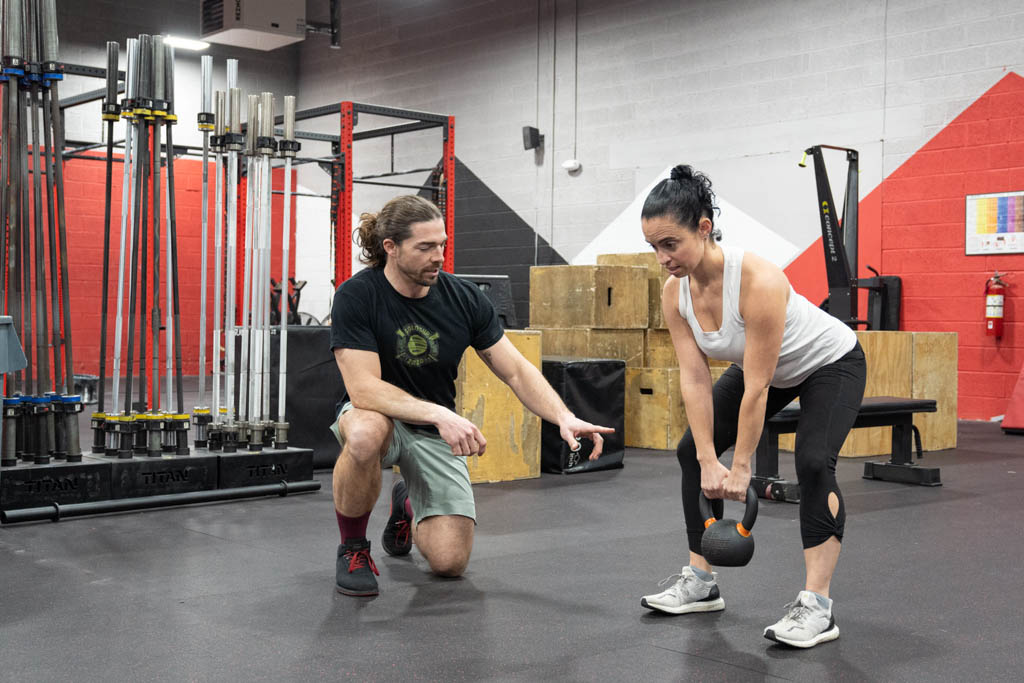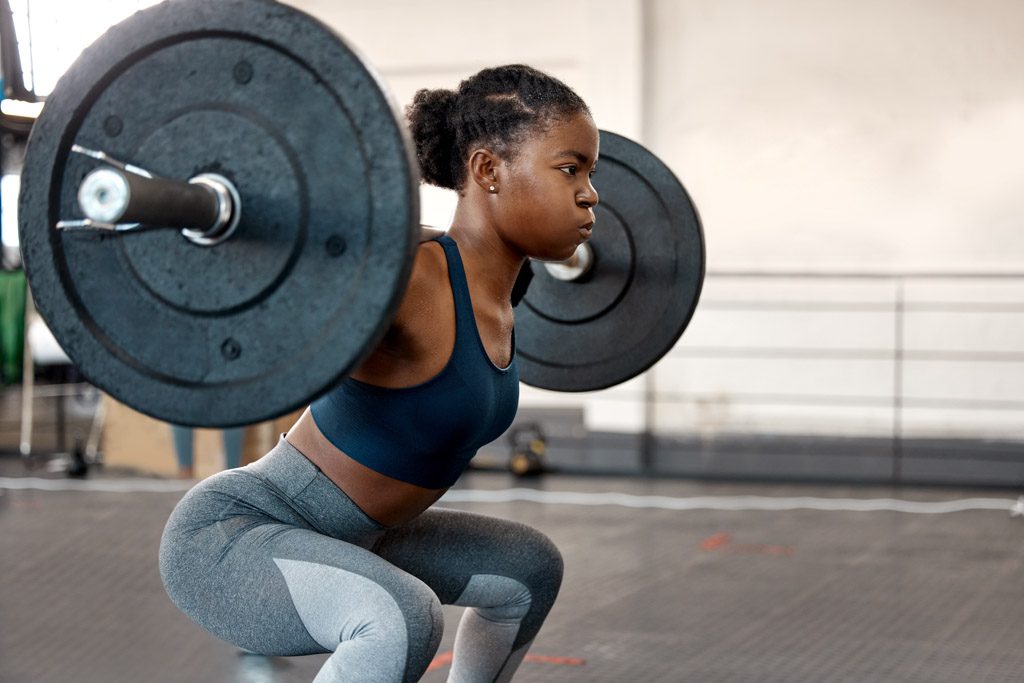Is strong the new sexy?
Maybe. I’ll let you decide.
But I can tell you strength is on consumers’ minds right now, and if you’re a microgym owner, you’re all set to capitalize.

A recent article on Clubsolutionsmagazine.com bore this title: “Surge in Demand for Strength Training.”
You can read it here.
The author, Alan Leach, is the CEO of West Wood Club, a string of six facilities in Ireland. He said he’s noticed a dramatic increase in strength training in the last five years. I’ve pulled a few details out of the article for you:
- Leach says that on a regular day, 50 percent of the people on squat racks and lifting platforms are now women.
- It’s no longer uncommon to see 70-year-olds squatting and bench pressing.
- Each club has “up to 15 power racks and lifting platforms”—a sharp increase from 10 years ago, when a single cage was common.
- Here’s my favorite: Leach said a quick straw poll at the IHRSA 2023 conference revealed 700 gym owners had seen an increase in the demand for strength training.
I’ll add one more stat to back up Leach’s observations: Life Time has 160 clubs in North America, and in its annual fitness survey of 1,000 people, building muscle was the No. 1 fitness goal going into 2023. It ranked even above weight loss.
All this is great news for microgym owners. Here’s why:
If you own a microgym, you have the equipment and knowledge that will allow you capitalize on the renewed interest in free weights, strength training, muscle building and resistance training as a key part of a weight-loss plan.
The Increased Value of Coaching
Fifteen years ago, gyms were packed with machines, and it could be difficult to compete against large, corporate facilities with a million dollars of equipment. The functional fitness revolution changed that, and the relatively low cost of barbells, bumper plates, kettlebells, dumbbells and medicine balls made it much easier to start a gym.
Stats from our “2022 State of the Industry” report: On average, it costs $294,000 to open an access-only gym but only $58,000 to open a CrossFit gym and $49,000 to open a PT studio.
So it’s become much cheaper to open—and maintain—a gym that can offer what consumers currently want.
But it gets better.
Machines have instructions printed on them, and most people don’t get much guidance before using them.
Barbells and dumbbells just aren’t quite as accessible even if a person can learn to use them in relatively short order. Ask a brand new client to use a leg-press machine for 8 reps and then perform 3 barbell squat cleans—you’ll instantly see how the use of free weights increases the value of a coach.
The renewed interest in strength drives that value higher. Yes, a beginner can build strength even with badly chosen exercises, suboptimal loads and machines that isolate certain muscle groups. But to build full-body strength faster and keep the gains coming after the first few months, clients would be best to use free weights and follow a precise plan—which an experienced coach can provide.
If the modern fitness consumer wants to build strength, the microgym owner has the exact tools and knowledge to make that happen.
One final bonus: Strength training comes with “built-in bright spots.” Clients who are interested in strength quickly start tracking their numbers, which gives the clever gym owner a host of opportunities to highlight progress and celebrate accomplishments. It’s certainly possible to congratulate a client for doing a set of 10 hamstring curls with a two-second eccentric, but it’s much easier to celebrate a new deadlift PR.
Do This
If more fitness consumers are currently looking for strength training, be sure your website and social platforms showcase your expertise, equipment and programs.
That doesn’t mean you can’t post about weight loss and healthy eating. And I’m not suggesting you start posting pictures of burly people performing 500-lb. deadlifts with blood running down their shins (I did this back in the day).
I’d simply suggest you review your content calendar and ensure you’re showing off strength training about three times a week. If you want a quick plan, here it is:
- Write a blog on strength training every week.
- Embed a video in which you demonstrate a certain movement and explain why it can be used to build strength.
- Include a picture of a client celebrating a strength PR—get Sam to smile and hold a whiteboard that says “100-lb. bench press!”
- Send the blog to your mailing list.
- Put the video and pic on social media.
- Take the best lines from the blog and make a graphic carousel.
Two-Brain clients: You don’t even need to spend time taking pictures. You’ve got access to a host of fully licensed stock images like the one below in our Content Vault. Feel free to brand them and use them to promote strength training today.

My point: People want to be strong right now. Microgym owners can make that happen.
Don’t miss this golden opportunity to show off your services and help more people accomplish their goals!

